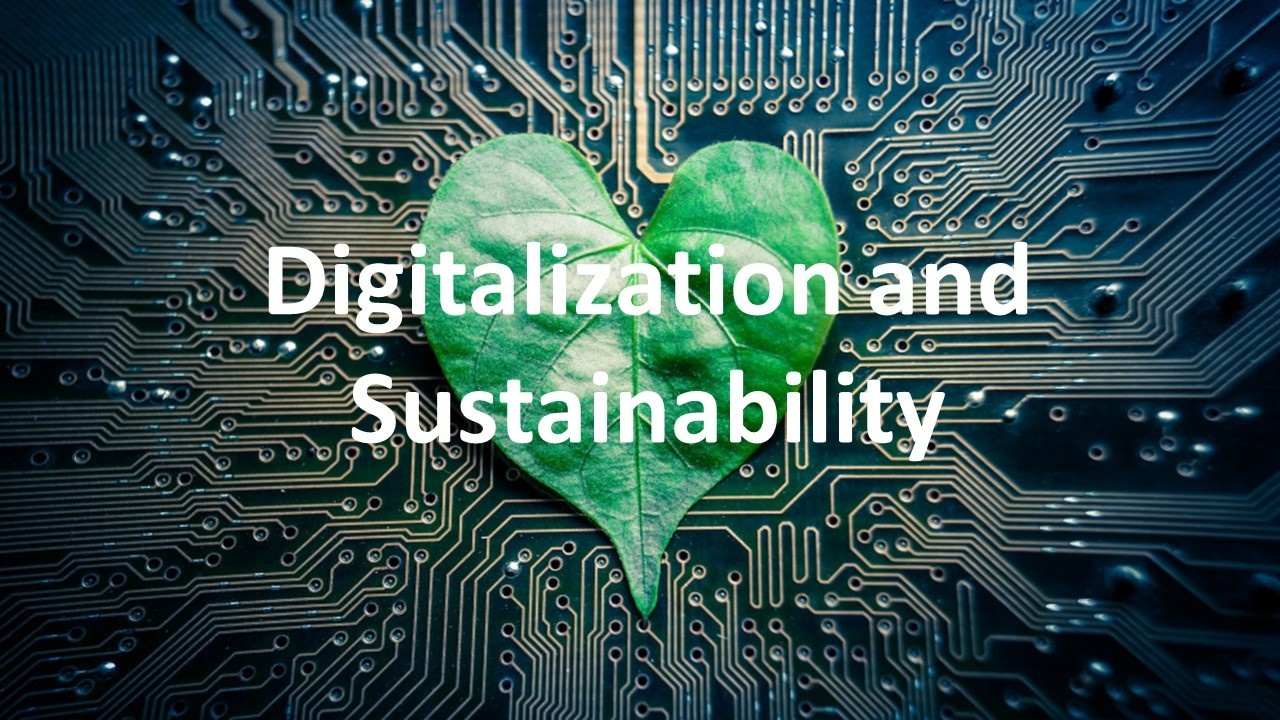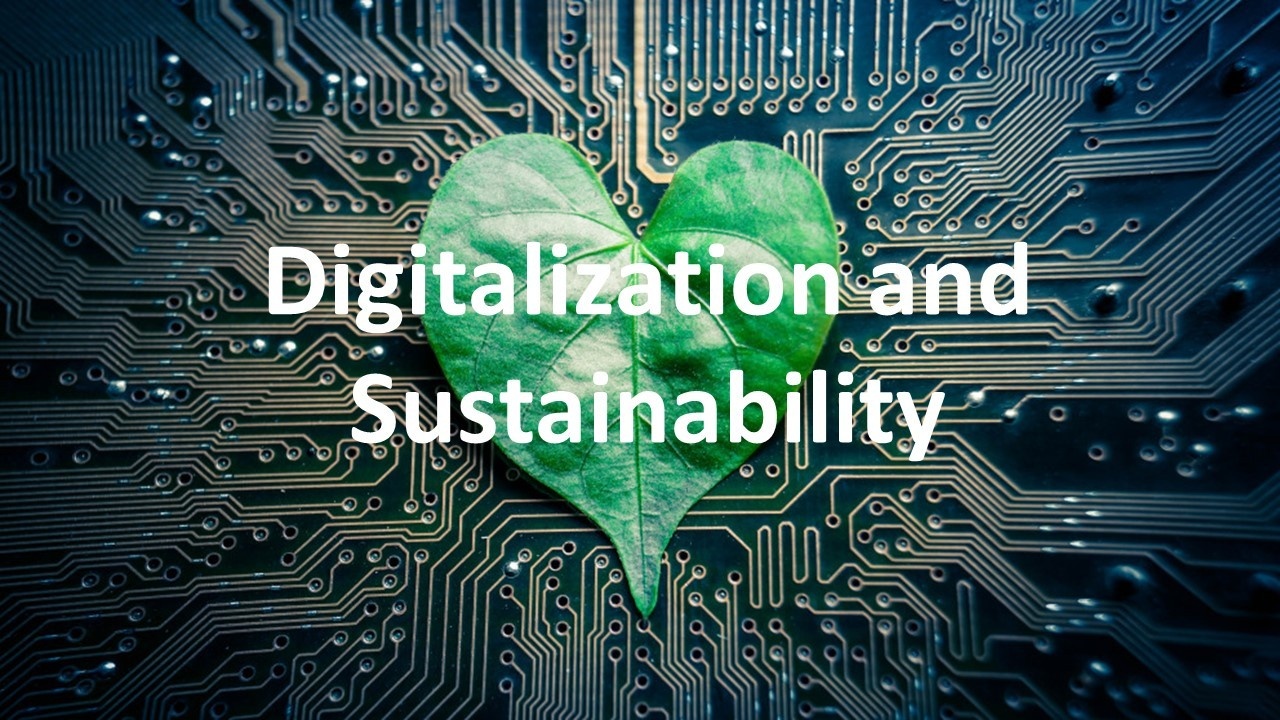Sustainability and Digital Transformation: The Perfect Synergy

In a world increasingly focused on sustainability, businesses are at the crossroads of digital transformation and environmental responsibility. As organizations innovate and digitize, the opportunity to integrate sustainable practices into digital strategies has become critical. This transformation not only enhances operational efficiency but also helps build a greener planet.
This guide delves into the profound connection between digital transformation and sustainability, offering actionable insights for organizations ready to adopt eco-friendly digital solutions.
The Importance of Sustainability in the Digital Era
Sustainability has transcended beyond a buzzword—it is now a global imperative. Businesses that prioritize sustainability reap significant benefits:
- Enhanced Brand Reputation: Modern consumers gravitate toward businesses with eco-conscious values.
- Cost Reductions: Optimized energy use and streamlined processes reduce operational costs.
- Regulatory Compliance: Meeting environmental regulations avoids penalties and promotes long-term viability.
“Companies that fail to prioritize sustainability risk being left behind in a rapidly changing marketplace.”
Digital transformation provides the tools to embed sustainability into every aspect of business operations, ensuring a competitive edge.
How Digital Transformation Drives Sustainability
Digital technologies enable businesses to operate more efficiently while minimizing environmental impact. Let’s explore the specific ways digital transformation contributes to sustainability:
1. Smart Resource Management
Advanced technologies like IoT (Internet of Things) and AI help monitor and optimize energy consumption.
- Example: Smart grids reduce energy waste by automatically adjusting electricity distribution.
- Impact: Significant energy savings and lower carbon emissions.
2. Paperless Operations
Transitioning to digital workflows reduces the reliance on paper.
- Tools for Transformation:
- Cloud-based solutions like Google Workspace.
- E-signature platforms like DocuSign.
3. Supply Chain Optimization
Digital tools ensure a transparent and efficient supply chain.
- Blockchain: Provides end-to-end traceability of products, ensuring ethical sourcing.
- Predictive Analytics: Reduces overproduction and waste in manufacturing.
4. Sustainable Product Design
With AI and data analytics, businesses can design products that are durable, recyclable, and energy-efficient.
Industries Leading the Way in Digital Sustainability
1. Agriculture
Technologies like precision farming and drone monitoring reduce water usage and improve yield quality.
2. Manufacturing
Smart factories powered by IoT use real-time data to cut waste and energy consumption.
3. Retail
E-commerce giants are adopting sustainable logistics by optimizing delivery routes and using electric vehicles.
Challenges in Achieving Digital Sustainability
Despite the opportunities, there are hurdles:
- High Initial Costs: Investing in digital infrastructure can be expensive.
- Data Privacy Concerns: Increased use of digital tools raises security risks.
- Resistance to Change: Employee adaptation and leadership buy-in remain barriers.
“The greatest challenge isn’t technology—it’s mindset. Building a culture of sustainability requires organizational alignment.”

Sustainability Metrics Enabled by Digital Transformation
To track progress, organizations must define Key Performance Indicators (KPIs) for sustainability. Examples include:
- Carbon Footprint: Reduction in greenhouse gas emissions.
- Energy Efficiency: Percentage of energy savings post-digital implementation.
- Waste Reduction: Volume of waste minimized through digital solutions.
- Employee Engagement: Level of participation in sustainability initiatives.
Real-World Examples of Digital Sustainability
1. Walmart
Through AI-powered logistics, Walmart reduced delivery miles, cutting fuel consumption and emissions significantly.
2. Siemens
The company’s MindSphere platform uses IoT to monitor energy use in real-time, optimizing efficiency across industrial operations.
3. IKEA
IKEA leverages digital tools to ensure all wood used in their products is responsibly sourced.

Steps to Integrate Sustainability into Digital Transformation
1. Conduct a Sustainability Audit
Assess your organization’s environmental impact and identify areas for improvement.
2. Set Measurable Goals
Define clear objectives, such as reducing energy consumption by 30% within two years.
3. Leverage Green Technology
Adopt energy-efficient hardware and cloud solutions powered by renewable energy.
4. Foster a Culture of Sustainability
Educate employees on sustainable practices and reward eco-friendly initiatives.
5. Collaborate with Experts
Partner with sustainability consultants and tech providers for tailored solutions.
Further Reading: How to choose the right sustainability consultant.
Future Trends in Sustainability and Digital Transformation
1. AI-Driven Sustainability
AI will play a pivotal role in predictive modeling, enabling businesses to anticipate and mitigate environmental impacts.
2. Green Data Centers
Data centers powered by renewable energy will become the norm, minimizing the environmental footprint of cloud computing.
3. Circular Economy Models
Businesses will leverage digital tools to extend product life cycles and promote recycling.
“The future of business lies at the intersection of digital innovation and environmental responsibility.”
FAQs on Sustainability and Digital Transformation
Q1: How can small businesses implement digital sustainability?
A: Start small by adopting cloud-based tools, reducing paper use, and optimizing energy consumption.
Q2: Is digital transformation expensive?
A: While initial investments can be high, the long-term savings in operational costs and resource efficiency justify the expense.
Q3: What industries benefit most from digital sustainability?
A: While all industries can benefit, sectors like manufacturing, agriculture, and retail have seen the most significant impact.
Conclusion
Sustainability and digital transformation are not mutually exclusive—they complement each other to drive innovation and create a lasting positive impact. By embedding eco-friendly practices into digital strategies, businesses can achieve profitability, resilience, and a healthier planet.
It’s time for organizations to embrace this synergy and lead the way in building a sustainable future. The intersection of technology and sustainability is where true progress lies.
Are you ready to transform your business sustainably? The time to act is now.


